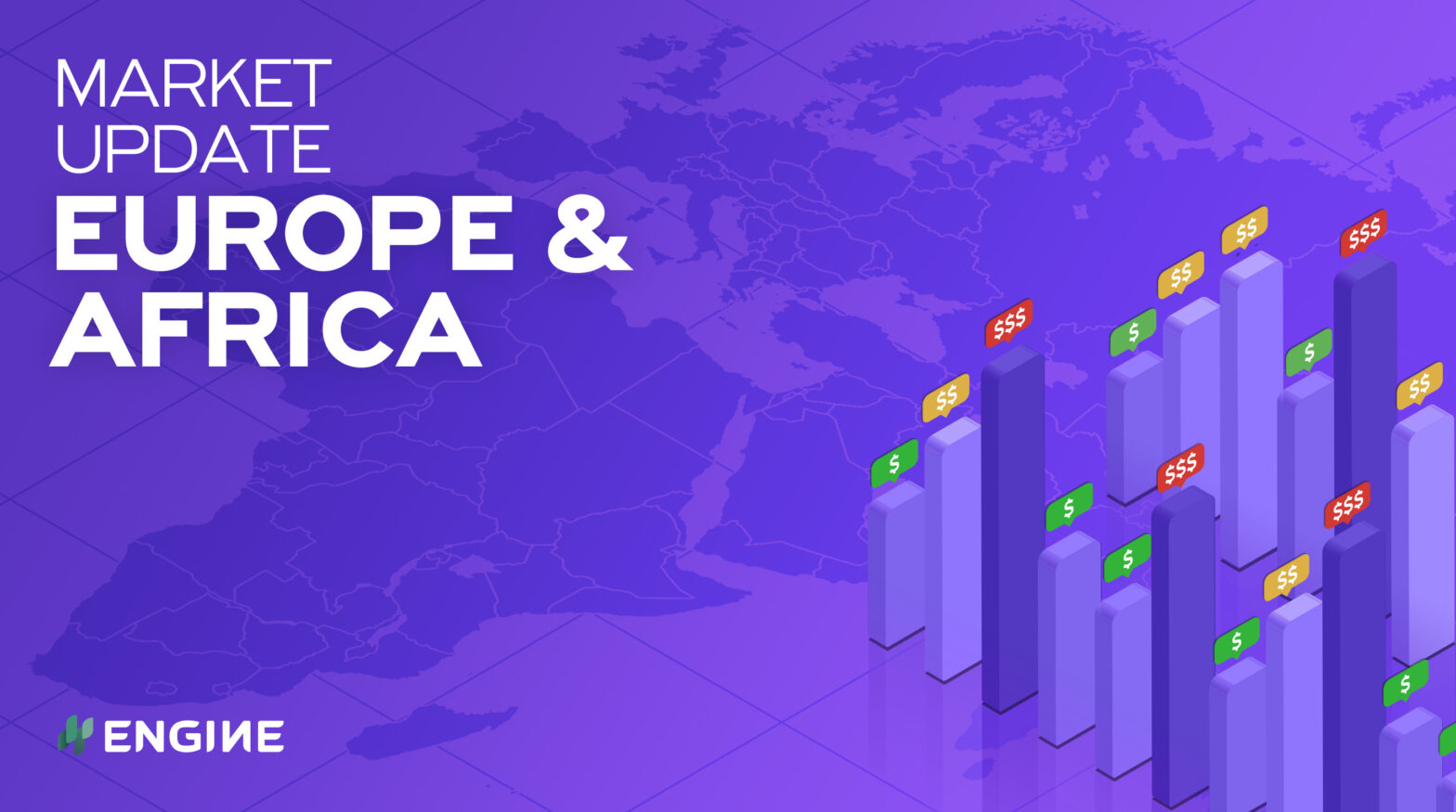Bunker prices have dipped with crude futures across Europe and Africa, and rough weather has restricted bunkering off Malta to one of its six bunkering areas.
Changes on the day to 08.00 GMT today:
- VLSFO prices down in Gibraltar ($19/mt), Rotterdam ($16/mt) and Durban ($3/mt)
- LSMGO prices down in Gibraltar ($27/mt), Durban ($24/mt) and Rotterdam ($16/mt)
- HSFO prices down in Gibraltar ($13/mt) and Rotterdam ($1/mt)
Strong winds and swells from the northeast have limited bunkering off Malta to the more sheltered Bunkering Area 4 off the country’s main island’s southeast side, port agent MH Bland informs. Vessels carrying dangerous goods are not currently allowed to enter the sheltered area. Calmer weather is forecast from tomorrow, and to last a week.
Some of the bunker congestion in Gibraltar has been cleared. Three vessels are in line to bunker with two suppliers this morning, down from 4-5 vessels in previous days this week, MH Bland says. The suppliers are running up to half a day behind schedule.
Suppliers in Las Palmas could find time to work through backlogs after outer anchorage disruptions during high swells this week. Lower swells are forecast until Sunday.
Skaw, Gothenburg and Hamburg are pricing VLSFO at competitive levels to Rotterdam and Antwerp today, after prices fell more steeply in the two ARA ports.
Rotterdam and Antwerp have LSMGO $30-40/mt lower than the Scandinavian and German ports, however.
Availability of the two low sulphur grades remains good across northern Europe.
Brent
Front-month ICE Brent has shed $2.40/bbl on the day, coming down from yesterday’s three-year highs to $80.16/bbl at 08.00 GMT today.
A four-day Brent rally on the back of OPEC+ supply restraint this week came to an end yesterday, when Energy Information Administration (EIA) data showed a bigger-than-expected commercial crude inventory build in the US in the week to 1 October.
Crude stocks grew by 2.35 million bbls to 420.89 million bbls. US inventories have added weight for two weeks to firmly halt a massive stock draw that was accelerated by production outages in the Gulf of Mexico in the aftermath of Hurricane Ida.
“This was more than the roughly 1MMbbls increase the market was expecting and also larger than the 951Mbbls reported by the API the previous day,” ING strategists Warren Patterson and Wenyu Yao said.
Higher net imports propped up the crude stocks, even as refinery input of crude and utilisation rates ticked up. US Gulf Coast refineries have almost regained pre-hurricane production levels.
Gasoline stocks grew considerably, too, which could be viewed as a sign of waning demand.
“Gasoline demand dropped for a fourth straight week, which was somewhat expected given the end of summer travel and as many individuals continue to work-from-home,” OANDA market analyst Ed Moya said.
Brent has also come under pressure from Saudi Arabia’s decision to cut crude oil selling prices to Asia for November.
